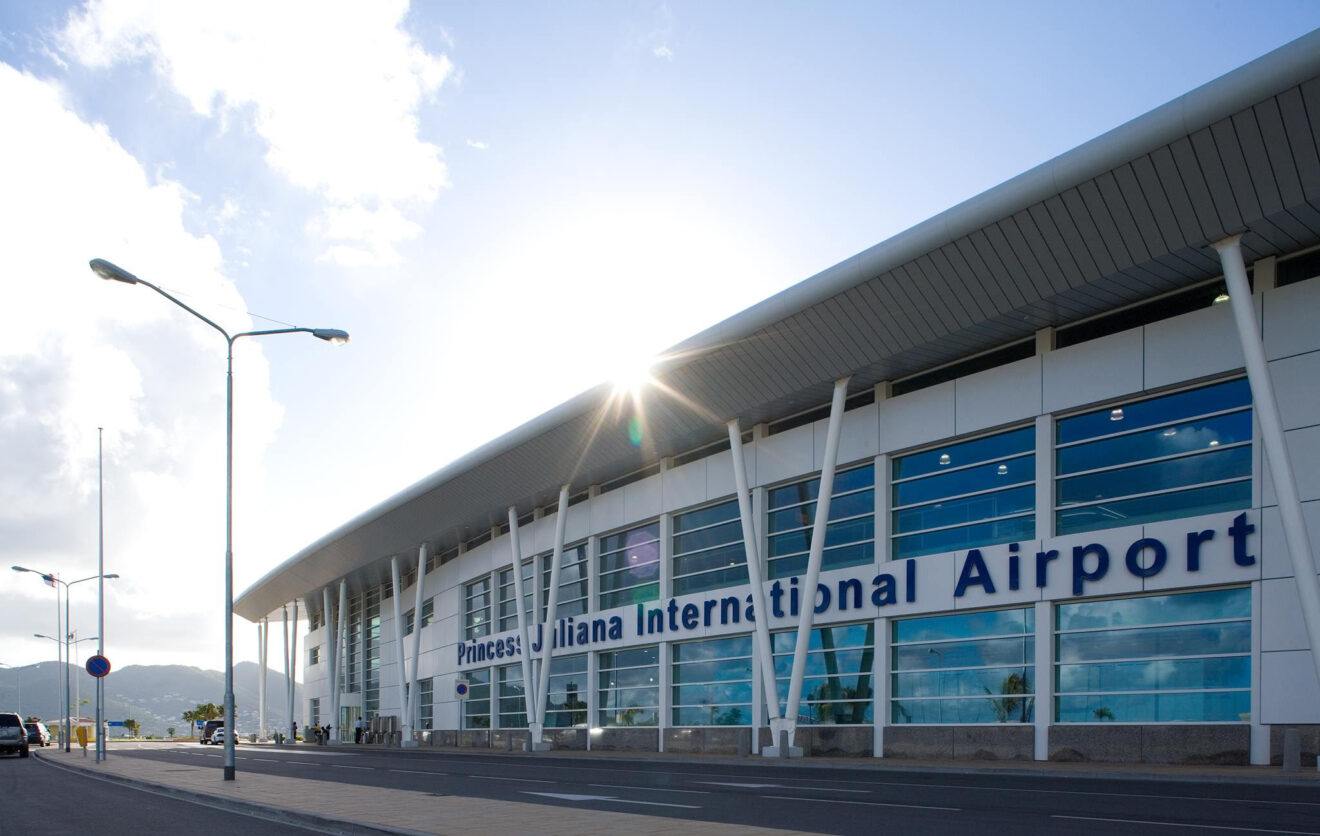For years, the Caribbean has seen a familiar infrastructure story repeat itself. The region is a poster child for the need for greater resilience against natural disasters, and it appears trapped in a vicious cycle — get wiped out, seek investment, rebuild, repeat.
However, over the past year, the coronavirus pandemic has added a new wrinkle that has complicated any infrastructure strategy Caribbean nations might use. In addition to the threat posed by intensifying storms due to climate change, economies in the region have also been decimated by huge declines in tourism revenue. And it’s unclear when that industry will rebound. The Caribbean had an estimated 7.9% decrease in gross domestic product in 2020, and is only expected to experience a 4.2% gain in GDP this year, according to the United Nations Economic Commission for Latin America and the Caribbean.
Norman Anderson, chairman of CG/LA Infrastructure, says there is a “lack of diversity” in the types of projects that attract investment in the region. Andre Wright, executive vice president of Standard International Group, agrees, noting that the uncertain outlook for the tourism industry has delayed financing for major capital projects.
“With cruise travel being at a standstill … and air travel down … volume forecasts are still unclear,” Wright says. “[Cruise lines] that are operating have new protocols, including cleanliness, ventilation and spacing requirements in the facilities, and are operating at a limited capacity. The ensuing reduced revenues and increased accounts receivables due to bad debts are complicating matters. In other cases, project sponsors have had to restructure their debt.”
Wright adds that in the aviation industry, fixed-based operators that offer plane fueling, hangaring and maintenance are experiencing robust activity because those with financial means are still flying privately and are “somewhat insulated” from the economic ramifications of the pandemic.
He also says there is significant interest in long-term fixed assets such as hotels, as well as essential service projects like water, power and utilities infrastructure improvement. But Anderson says that investors do not see “safe highways and better transit” in the region as an attractive return on their investment.
One particular area of opportunity in the region lies within renewable energy. Jamaica is looking to derive half of its energy generation from renewable sources by 2030, and Barbados’ goal for that time frame is to make the country completely powered by renewable sources. In a 2019 article, Renewable Energy World’s Martin Vogt wrote that the region is “ideal” for renewable energy.
Despite the region’s economic uncertainty and the threat of intense natural disasters exacerbated by climate change, Wright says investors can protect their investment in a number of ways:
- Secure windstorm and earthquake insurance that is underwritten by highly rated insurers and reinsurers
- Build local content and participation into every project to help minimize sovereign risk
- Know eligibility for multilateral support in the form of international aid, including FEMA
- Know the hurricane preparedness plans of the country the project is in. Are they documented and updated? How are current assets protected? Are they resilient? Does the government have a resiliency program?
The combined Latin America and Caribbean region invests less in infrastructure as a share of GDP than all parts of the world except Africa, according to data compiled by INFRALATAM and cited in a 2017 World Bank report. However, the report also concludes that the region needs to focus more on its “service gap” than its “notional, and largely hypothetical, investment gap.” It adds:
“To the question of, ‘how much is needed?’ the response should always be: “for what?’ And the answer should lie with countries’ aspirations of economic growth and their social and environmental objectives, as well as with their choices on the relative roles of infrastructure and other investments in achieving those aspirations.”
The report argues it is possible to narrow the region’s service gap by spending efficiently on the right things. Anderson says that it will take a unified vision to determine what those things are.
“For my money, we need to bring the people of the islands together … including Cuba, to have a discussion of what they want to see in 2030, and then come up with a way to make that happen [with] a combination of private and public investments,” said Anderson. “Otherwise they will keep bumbling along, hope that no hurricanes come and that the tourists come back.”
